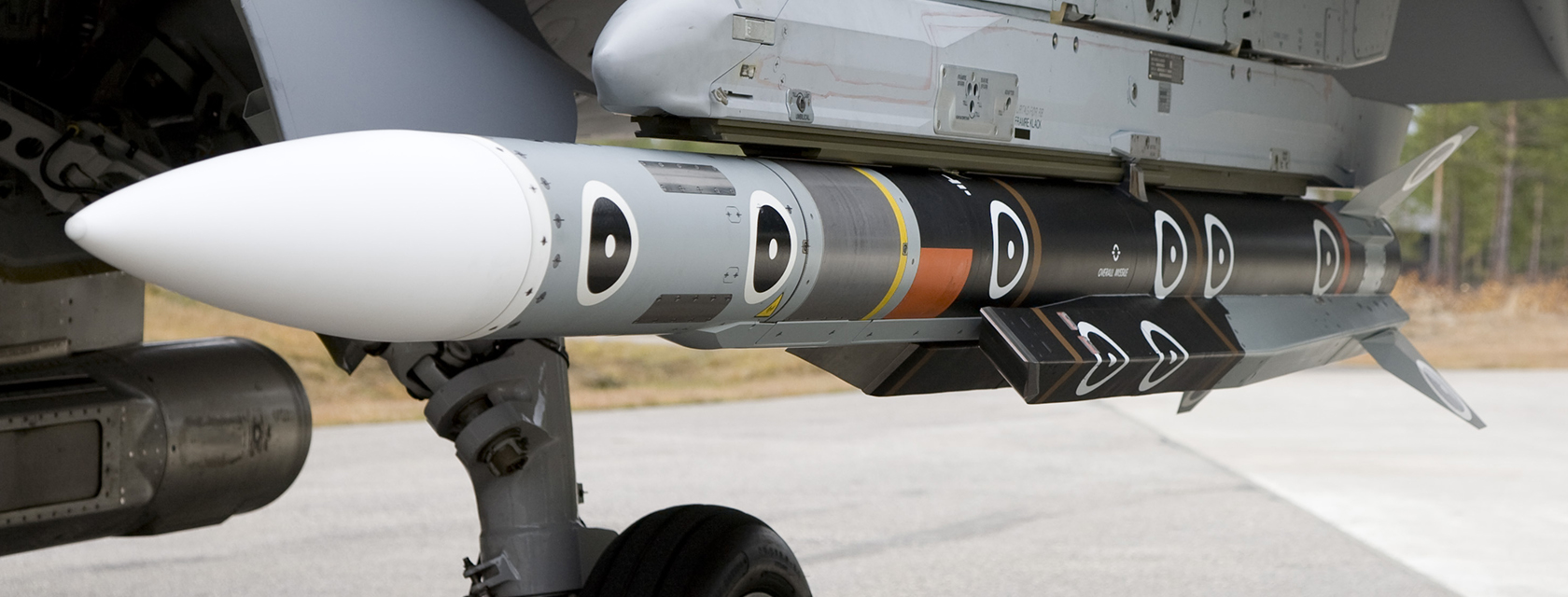South Korea’s domestically developed fighter jet, the KF-21, is gearing up to conduct its first live-fire test with the long-range air-to-air Meteor missile dubbed “the most lethal missile,” according to South Korean media outlet Yonhap. The missile has also been hailed as the world’s best air-to-air missile.
The test, set to unfold this week, will mark a crucial juncture in the developmental trajectory of the KF-21 and position it alongside the elite league of fighter jets globally renowned for their cutting-edge interception prowess.
According to reports, citing insider sources privy to the matter, a prototype of the KF-21 is scheduled to undertake the test mission over the maritime expanse off South Korea’s southern coast on May 8.
This test follows a milestone set in March 2023 when two prototype aircraft successfully executed the separation of Meteor test missiles mid-flight, setting the stage for this trial.
The ultimate objective of this live-fire test is to validate and augment the KF-21’s long-range capabilities, showcasing its adeptness in intercepting aerial targets with precision and efficacy.

Should the test unfold successfully, it is poised to fortify the KF-21’s stature as a formidable contender in the realm of modern fighter jets. It will then stand shoulder to shoulder with counterparts like the Eurofighter Typhoon, Rafael, and Gripen. The Meteor missile, incidentally, is also slated to be carried by the Lockheed Martin F-35B Lightning.
The Meteor missile is often acclaimed as the pinnacle of air-to-air munitions globally. With its capability to soar at speeds surpassing Mach 4, the Meteor boasts a striking interception range exceeding 200 kilometers.
The missile measures 3.6 meters long, 17.8 cm in diameter, and weighs 185 kg. Each KF-21 aircraft can accommodate up to four Meteor missiles, further enhancing its combat versatility.
The deployment of the KF-21 armed with Meteor missiles is scheduled to commence as early as next month, the report said.
Korea Aerospace Industries Ltd. (KAI), the principal manufacturer behind the KF-21 project, has outlined ambitious production targets. The aim is to construct 20 KF-21s within the current year, with an additional 20 slated for manufacture in the following year.
Pending successful progression, the South Korean Air Force is anticipated to take delivery of its first batch of KF-21 aircraft in the latter half of 2026. That milestone will mark a significant step in its ongoing efforts to modernize its aging fleet, which currently comprises F-4 and F-5 jets.
The World’s Best Air-To-Air Missile
The Meteor is widely regarded as the best Beyond-Visual-Range Air-to-Air Missile (BVRAAM) currently in existence, earning accolades such as “World’s Best Aircraft-Killer Missile” for its exceptional capabilities.
The origins of the Meteor can be traced back to the mid-1990s, emerging from a collaborative effort among European nations to develop a next-generation BVRAAM.
With a collective vision for a missile surpassing the performance of the American AIM-120 AMRAAM, countries including the UK, France, Sweden, Germany, Italy, and Spain embarked on a crucial program.
What sets the Meteor apart is its collaborative genesis and its innovative propulsion concept. At the heart of the Meteor’s superiority is its propulsion system, a solid fuel, variable flow, ducted rocket called a ramjet.
Unlike traditional air-to-air rockets, the Meteor operates like an air-to-air cruise missile, enabling precise control over thrust levels throughout its flight profile. This capability grants the Meteor unparalleled flexibility and efficiency, optimizing its performance across various tactical scenarios.

During the initial stages of flight, the Meteor conserves fuel by throttling its engine, ensuring prolonged endurance and range. As it approaches its target, the missile dynamically adjusts its propulsion, maximizing energy reserves for the critical terminal phase.
This unique feature allows the Meteor to maintain high velocity, exceeding Mach 4.5, even over extended engagement distances.
The implications of the Meteor’s propulsion technology are profound. Not only does it enhance the missile’s maneuverability during its engagements, but it also expands its “no escape zone,” significantly increasing its effectiveness over long ranges.

Unlike conventional missiles, the Meteor can pursue and intercept enemy aircraft with unparalleled precision and lethality. In essence, it represents more than just a technological advancement of BVRAAMs.
Combining cutting-edge sensors with a revolutionary propulsion system, the Meteor establishes itself as a cornerstone of modern air superiority, ensuring dominance over formidable capabilities.
The MBDA Meteor missile is predominantly utilized by various European nations, including those deeply engaged in its creation: the UK, Germany, Italy, France, Spain, and Sweden. Additional global missile users comprise Brazil, Croatia, Greece, India, and Qatar.
- Contact the author at ashishmichel(at)gmail.com
- Follow EurAsian Times on Google News




